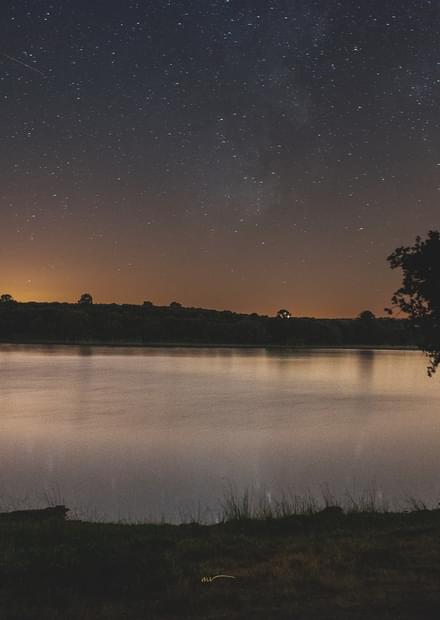The history of this mountain range in Serra da Marofa is only told by legends according to which Castelo Rodrigo first appeared because of the Vettones and an old castle which they might have built there. However, the first traces of occupation of this area date back to medieval times and the castle which rises, impressive and tall, protecting the medieval village of Castelo Rodrigo was built by King Alfonso IX of Léon. After a campaign in which the Christian troops seized the land of Riba-Côa from Muslim control, the King established a defensive line made by a set of fortifications throughout the Côa riverbanks.
The first fortress of Castelo Rodrigo was included in this defensive line and was concluded in 1209, the same year in which the King of León granted the charter to the town. This area was the stage of constant disputes between León and Portugal, and, in 1296, King D. Dinis carried out the final conquest of the Côa lands and ordered that the castle should be renovated.
It was during this time that the great keep and the wall enclosure which surrounds the town’s medieval alleys were built. Over the next centuries, Castelo Rodrigo revealed itself again during the dynastic crisis of 1383-1385 because it supported the Castilian party and the heir, Princess Beatrice. Later, King John I might have punished the town for their support, which might have caused its decline. When King Philip I succeeded to the throne, Castelo Rodrigo began to grow again. The King turned the town into a county and gave the title of Count to his secretary, Cristóvão de Moura, a Castelo Rodrigo native. In 1600, King Philip II gave the title of Marquis of Castelo Rodrigo and Viceroy of Portugal to his father’s counsellor. The government of Cristóvão de Mouro, who died in 1613, was deeply resented by the Portuguese people and, when Portugal regained its independence in 1640, an angry mob, who still recalled the Marquis’ actions, burned the Moura palace. It was never rebuilt. Nowadays, the town of Castelo Rodrigo still keeps its medieval outlines, surrounded by imposing walls which remind us of the identity of its history, often divided between both sides of the border. Discover it! In Castelo Rodrigo, you should visit:
The Our Lady of Rocamador Church and its statue of Saint James the Moor-slayer;
The Sta. Maria de Aguiar church and convent;
The clock tower and the pelourinho;
The cistern.




























